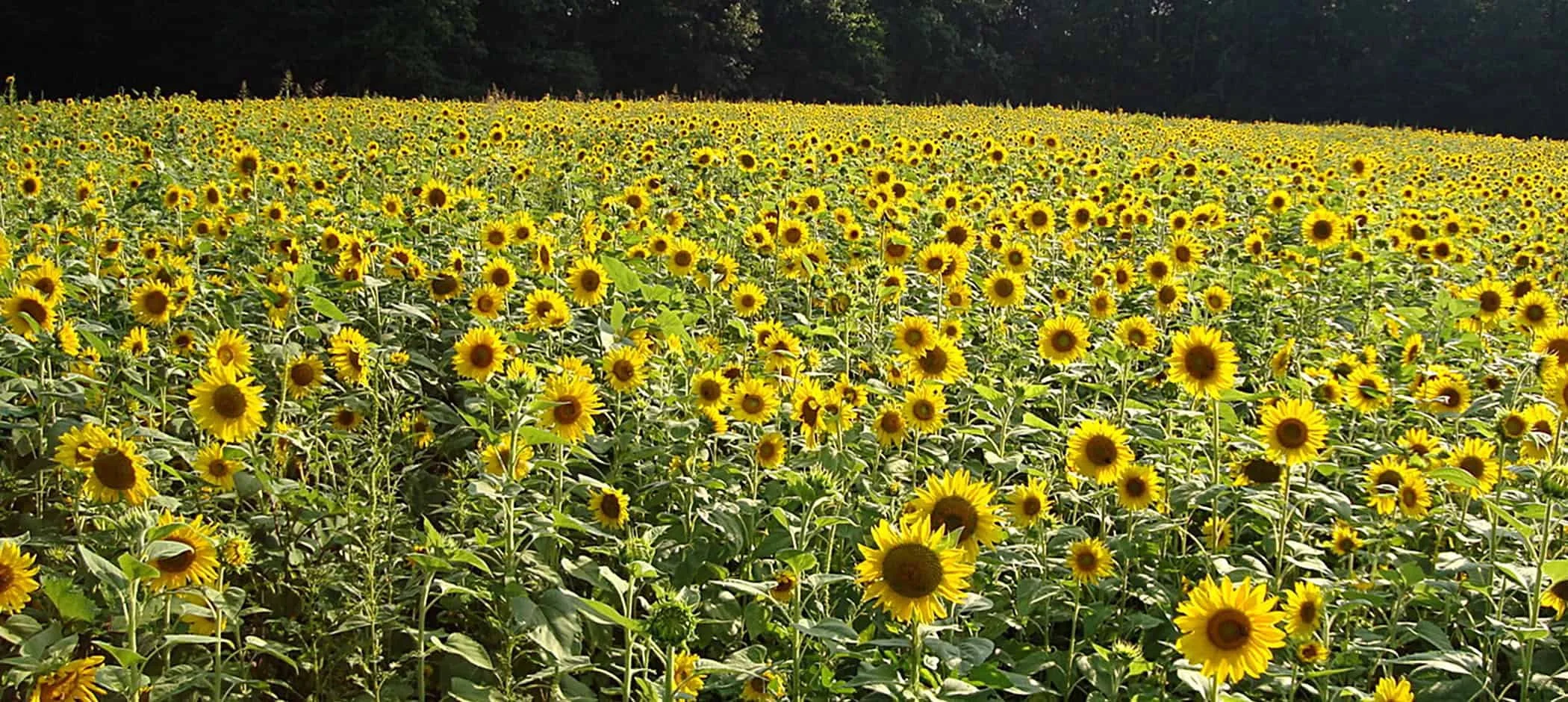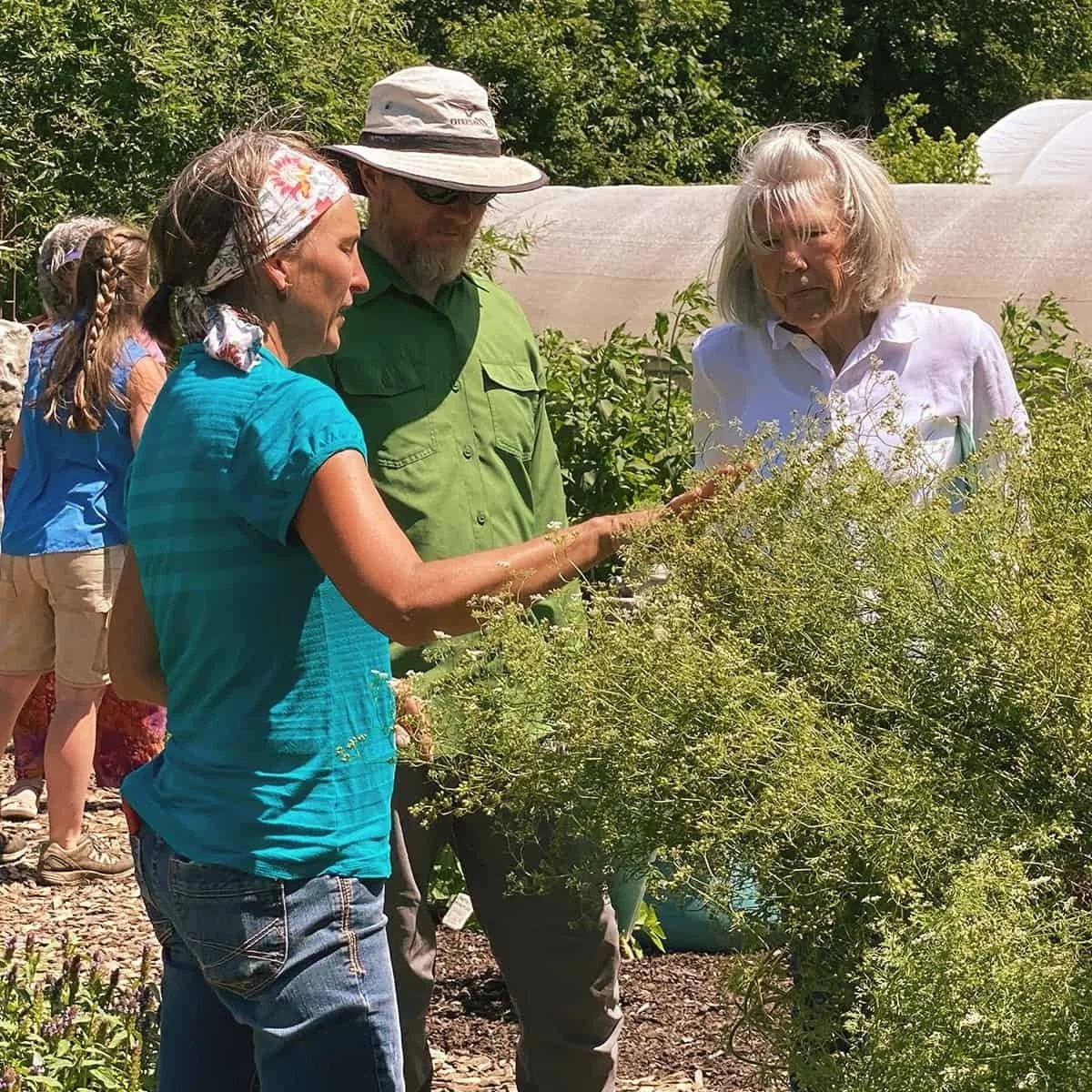The Heart of Rising Fawn Gardens
History and Signs of Humankind
Tell us that this land has supported life for thousands of years. Located on the western slope of Lookout Mountain and the ever-flowing water of Lookout Creek, the 600 acres that make up Rising Fawn Gardens have been a bountiful place for generations of native inhabitants to create a home.
The Spirit of Connection
With intention, we recognize and honor this native and sacred sanctuary as a place for today’s communities to gather.
We have welcomed local and far away groups to this serene landing spot, from yoga teachers, foundations, businesses, churches, artists, photography and garden clubs, as well as wellness experts, to host their workshops or one-day retreats.
While hosting or attending one of the events, you can discover for yourself Rising Fawn Gardens and admire the native ecosystems that characterize our beautiful land from up close.

Discover Nature and History
Places to Explore on Your Retreat
Lookout Creek
In 1850, James Cureton purchased the property that now includes Rising Fawn Gardens, and constructed a grain mill known as Cureton Mill.
Humbled by time and weather, its bones still stand along Lookout Creek. Not long after Cureton built his mill, more than 5000 Union troops camped on the land during the Civil War’s Chickamauga campaign.
After the war, the mill was used for lumber and textile production. A reflective pause on the banks of the creek offers a whisper of this past history.
Walking Trails
Walking trails meander through the fields and forests. Visitors can hike alongside Lookout Creek and the stone remains of Cureton Mill or along the ridgeline of Lookout Mountain.
Traveling along these well-loved paths is an immersive experience in nature and history. Visitors are welcome to walk the trails on Open Farm Days and other organized retreats and events throughout the year.
The Medicinal Garden
The Medicinal Garden, nestled in the valley and surrounded by southern hardwood forests and open fields, is home to many nourishing, beautiful plants. Intended as a teaching garden, it features plants chosen not only for their health benefits, but also to inspire curiosity to learn about the medicinal properties of many common plants.
Depending on the time of your visit, you can expect to see elder, echinacea, and chamomile in spring and summer, with vibrant bee balm and many other pollinator favorites blooming into the fall.
A Treasure From Our Past
In the center of the garden stands a stone from Cureton Mill, a nod to the heritage of the land and its long-standing history of providing sustenance for all its inhabitants.

Respecting Our Heritage
"I acknowledge that we are on the ancestral and unceded territory of the Muscogee and Cherokee people.
I come with respect and a spirit of reciprocity for this land that we are on today and for the people who have resided here in the past, who do reside here now, and who shall reside here in the days to come. "
Ready to Plan Your Next Retreat?
Learn How
You can host your next retreat or workshop
What’s On
Check out our upcoming events










